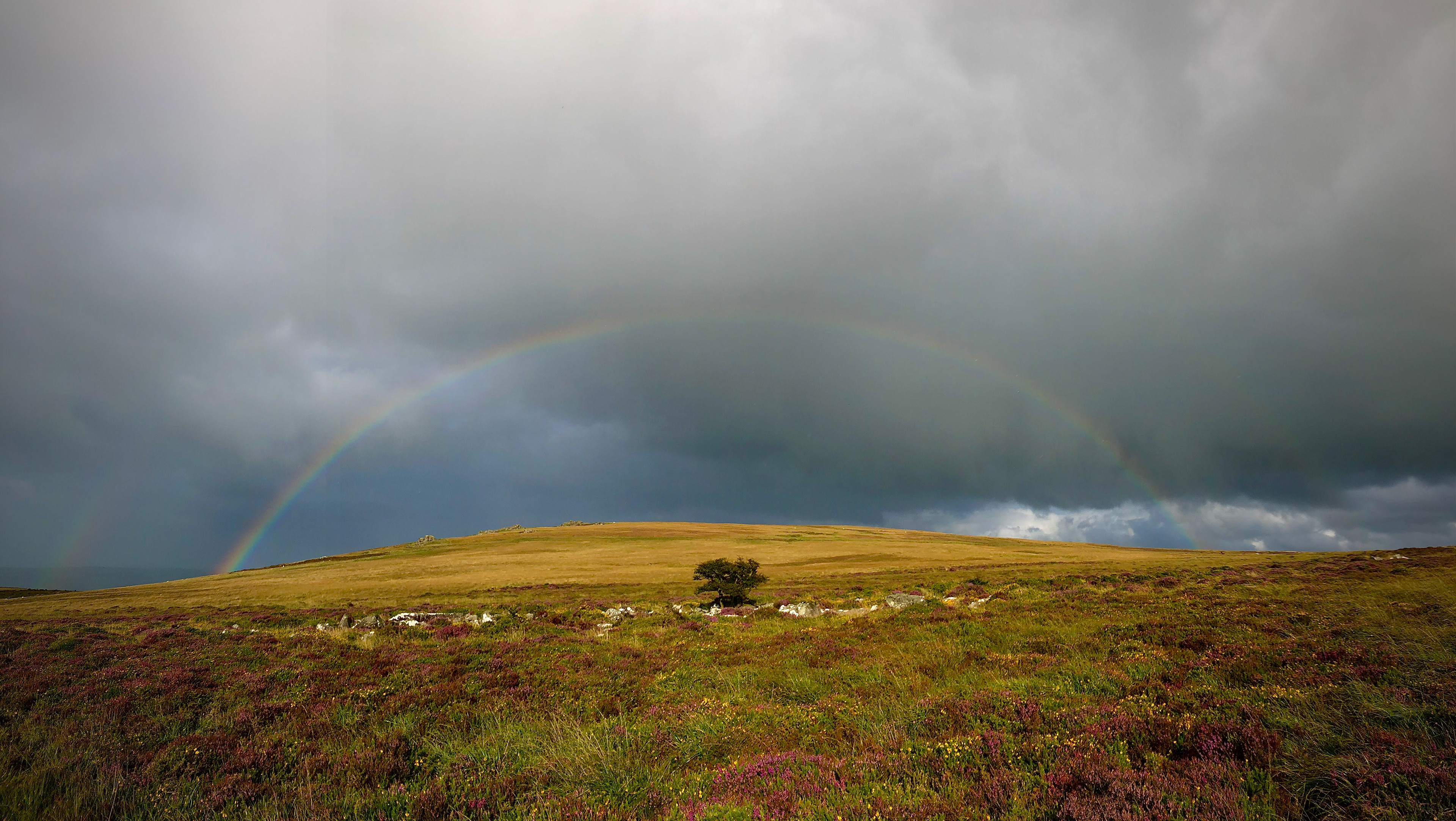AN EPIC WELSH-AMERICAN DRAMA FOR THE STAGE
"And the King shall answer and say unto them,
Verily I say unto you,
Inasmuch as ye have done it unto one of
the least of these my brethren,
ye have done it unto me."
On September 15th 1963, a small splinter group of the Ku Klux Klan, the Cahaba Boys, planted a box of dynamite beneath the steps of the 16th Street Baptist Church in Birmingham, Alabama, USA. This bomb exploded during the preparations for that morning's Sunday school, murdering four young girls, Addie Mae Collins, Cynthia Wesley, Carol Denise McNair and Carole Robertson, and injuring 22 others.
This now infamous act of racist terror was described by Martin Luther King Jr as "one of the most vicious and tragic crimes ever perpetrated against humanity", and proved to be a significant milestone in the growing Civil Rights Movement, provoking worldwide revulsion, condemnation and heartbreak.
Several thousand miles away in the small Welsh coastal village of Llansteffan, the artist John Petts read about the tragedy in his morning newspaper, the Western Mail, and immediately resolved to offer a work of art to the destroyed church. His vision was to create a stained-glass window that the people of Wales would give in solidarity to the oppressed people of Birmingham, Alabama.
From this initial idea started a remarkable journey towards creating a visionary and profound work of art, the Wales Window for Alabama: a radical reappraisal of the crucified Christ as a Civil Rights protestor; and which still to this day stands in the rebuilt 16th Street Baptist Church as a transcendent image of harmony, shared humanity and suffering.
This now infamous act of racist terror was described by Martin Luther King Jr as "one of the most vicious and tragic crimes ever perpetrated against humanity", and proved to be a significant milestone in the growing Civil Rights Movement, provoking worldwide revulsion, condemnation and heartbreak.
Several thousand miles away in the small Welsh coastal village of Llansteffan, the artist John Petts read about the tragedy in his morning newspaper, the Western Mail, and immediately resolved to offer a work of art to the destroyed church. His vision was to create a stained-glass window that the people of Wales would give in solidarity to the oppressed people of Birmingham, Alabama.
From this initial idea started a remarkable journey towards creating a visionary and profound work of art, the Wales Window for Alabama: a radical reappraisal of the crucified Christ as a Civil Rights protestor; and which still to this day stands in the rebuilt 16th Street Baptist Church as a transcendent image of harmony, shared humanity and suffering.
The Wales Window is an epic trinity of plays as one story, with a large cast and operatic chorus, exploring themes of national identity, sexuality, belonging, religion and race, in a story that moves from the modern day to the early 60s and a mythic American past.
*
THE WALES WINDOW asks us what does a work of art contain?
What is its story?
And can one man's resolution to build a bridge between two nations, and two races, ever truly be achieved?
*







